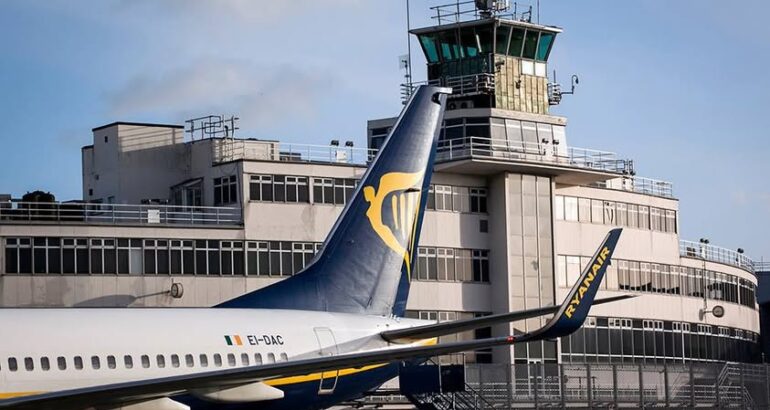Ryanair has unveiled its Winter 2025/26 schedule for Dublin Airport, featuring 96 routes, including one new addition to Rabat, Morocco, and increased frequencies on 28 existing routes such as Birmingham, Budapest, Krakow, Leeds Bradford, Milan, Newcastle, and Valencia.
To support the capacity uplift, the airline will base one additional Boeing 737 MAX 8-200 “Gamechanger” aircraft in Dublin. This will bring Ryanair’s Dublin-based fleet to 35 aircraft, comprising both Boeing 737-800s and MAX 8-200s.
Ryanair Group CEO, Michael O’Leary said “Thanks to the High Court’s suspension of the illegal 32m Dublin traffic cap, Ryanair has added 1 new aircraft and 9% traffic growth at Dublin Airport for 2025 – the first Winter that Ryanair has been able to grow Dublin traffic since the IAA enforced this illegal cap in 2024. While this is good news for Irish passengers, tourism, and jobs, we and other airlines need this illegal cap to be urgently abolished by Govt if we are to continue to invest in and grow Dublin traffic.”
The move marks a continuation of Ryanair’s evolving network strategy, which prioritizes frequency growth on existing routes over broad-scale market expansion. Speaking on the group’s full-year results call on 19 May, Ryanair DAC CEO Eddie Wilson outlined the carrier’s more selective approach to capacity deployment.
“We’re being much more picky about where we allocate capacity,” Wilson said. “There has been a bias toward increasing frequencies, as opposed to launching new routes where you’ve got to do a lot of investment in lower fares.”
The increased Dublin capacity aligns with the airline’s broader “judicious” approach to network growth, as Ryanair seeks to maximize returns by driving efficiencies across its core markets.
Image Credit: Dublin Airport
Irish Aviation Research Institute © 19 October 2025 All Rights Reserved
